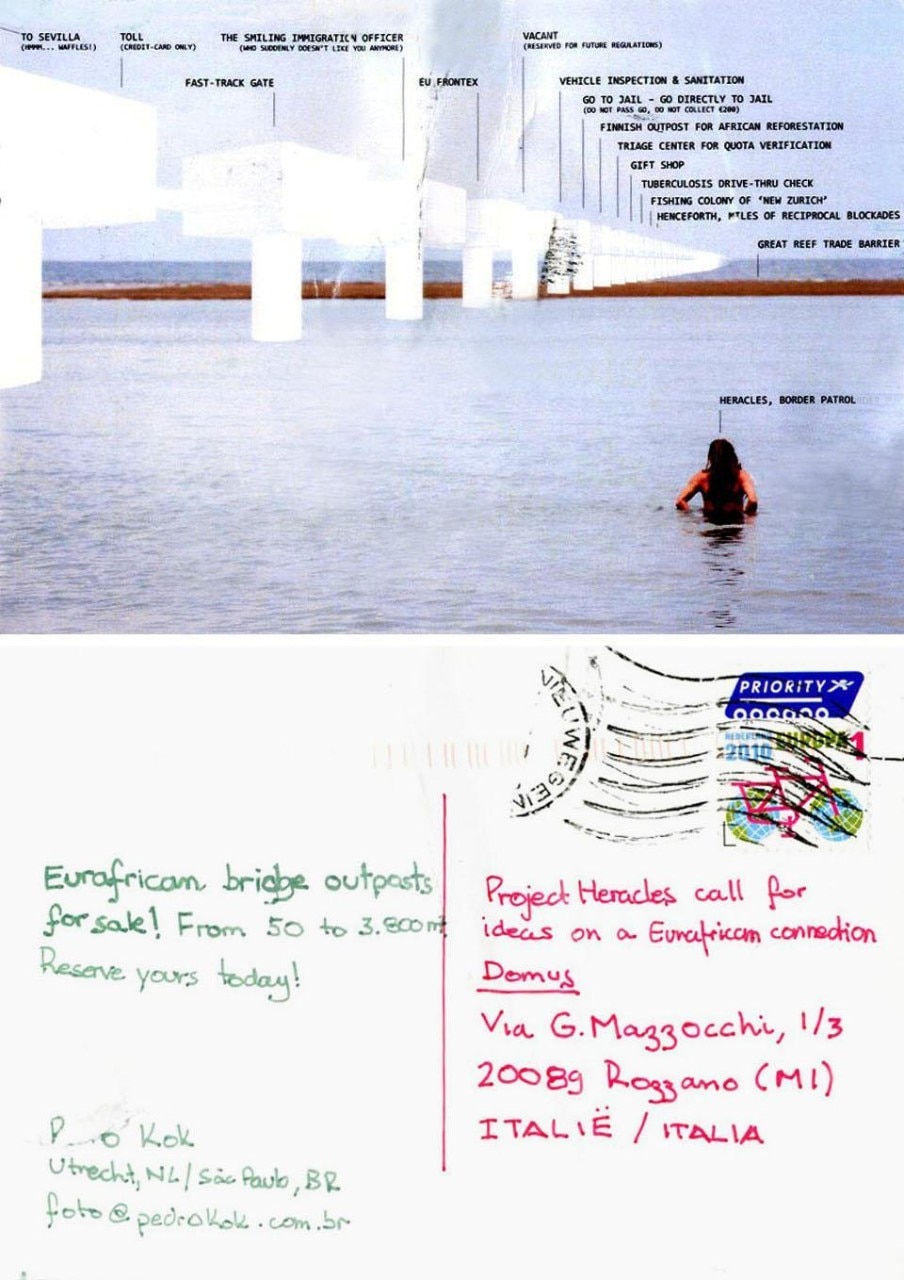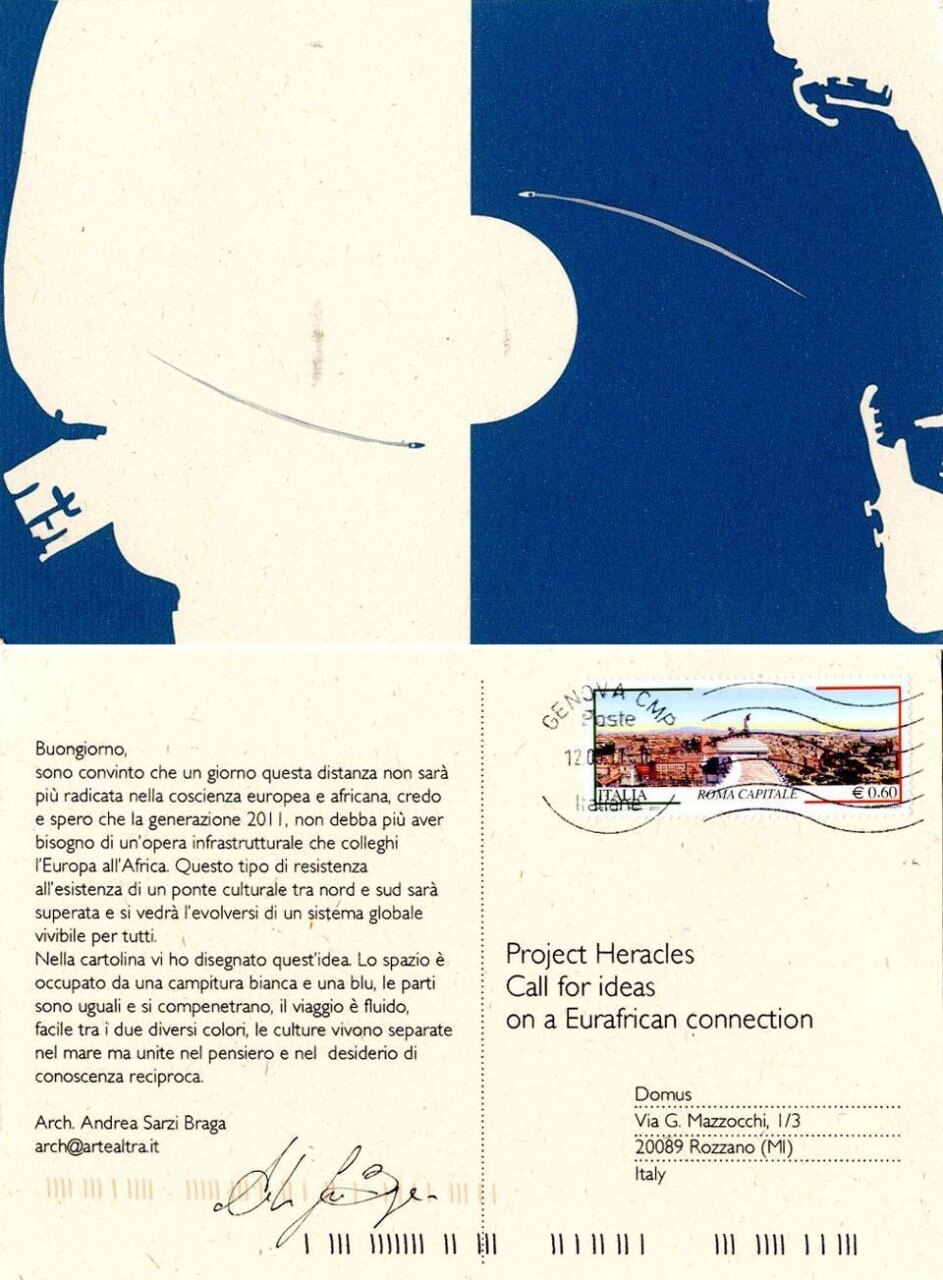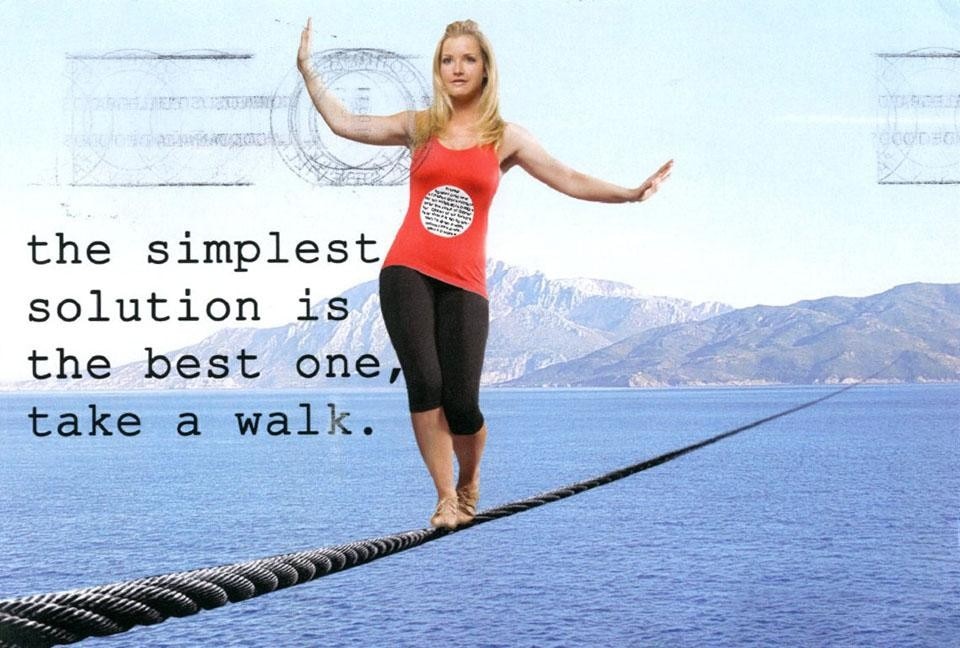My first impression was that that the Domus series of Project Heracles postcards never ended, as if the visions inspired by Lieven De Cauter and Dieter Lesage and promoted by the magazine regenerated themselves. In truth, last July the number of submissions was about 200 when they were exhibited at The Gopher Hole. So why did I have this impression? Perhaps because of the number of points of view and comments offered by the different observers who expressed their opinions on the Domus website during the following months. The interpretations of the projects offered by the various commentators produced an interesting mechanism based on the persistence of images and the construction of a discourse. Too often design visions, for which the media has become increasingly greedy in recent years, are consumed the instant in which they are produced. Sometimes, on the contrary, they need to be digested and assimilated slowly. Ideas and visions have precise limitations that are not only dictated by the postcard format but also by the culture that produces them and the language with which they are expressed. These limits apply to both those who produce them and those who collect them. In addition to giving dignity to those visions, the establishment of a continuous discussion tends to give them the space and time they need.
In selecting the postcards, I must confess that I was tempted to choose the ones whose meanings I didn't quite understand. I thought about accepting Giovanni Corbellini's invitation to use them as instruments for interpretation. It would have been a kind of surreal exercise, one that is not uncommon for me in my daily dealings with architectural projects. But then I thought that this approach could offend some of the authors, in addition to explicitly revealing my personal limitations. So I decided to leave my students with the task of deciphering the most cryptic proposals and measuring the reasons for their failure in communications. And so I gravitated towards the seemingly less architectural solutions. I excluded the numerous bridges and even the city-bridge, even if they are an interesting series. And I looked for visions with simpler—but not simplistic or naïve—messages.
Postcard #65. [top] I chose this from among the many tightropes—once again, a sort of moving away from the project?—and acrobatic representations. I like its playful note and find Helen Skelton's presence—stolen from a Red Nose Day performance for Comic Relief—bizarre enough. A few years ago Albert Iacovoni and < a href="http://www.ma0.it/" target="_blank">ma0 reflected upon the "little people" who live in the photomontages of many projects, especially in competitions. We saw that there is a real population—born on the pages of magazines and now growing up on the Web—that knows, closely and obliquely, an architecture which increasingly suffers from its distance from people.
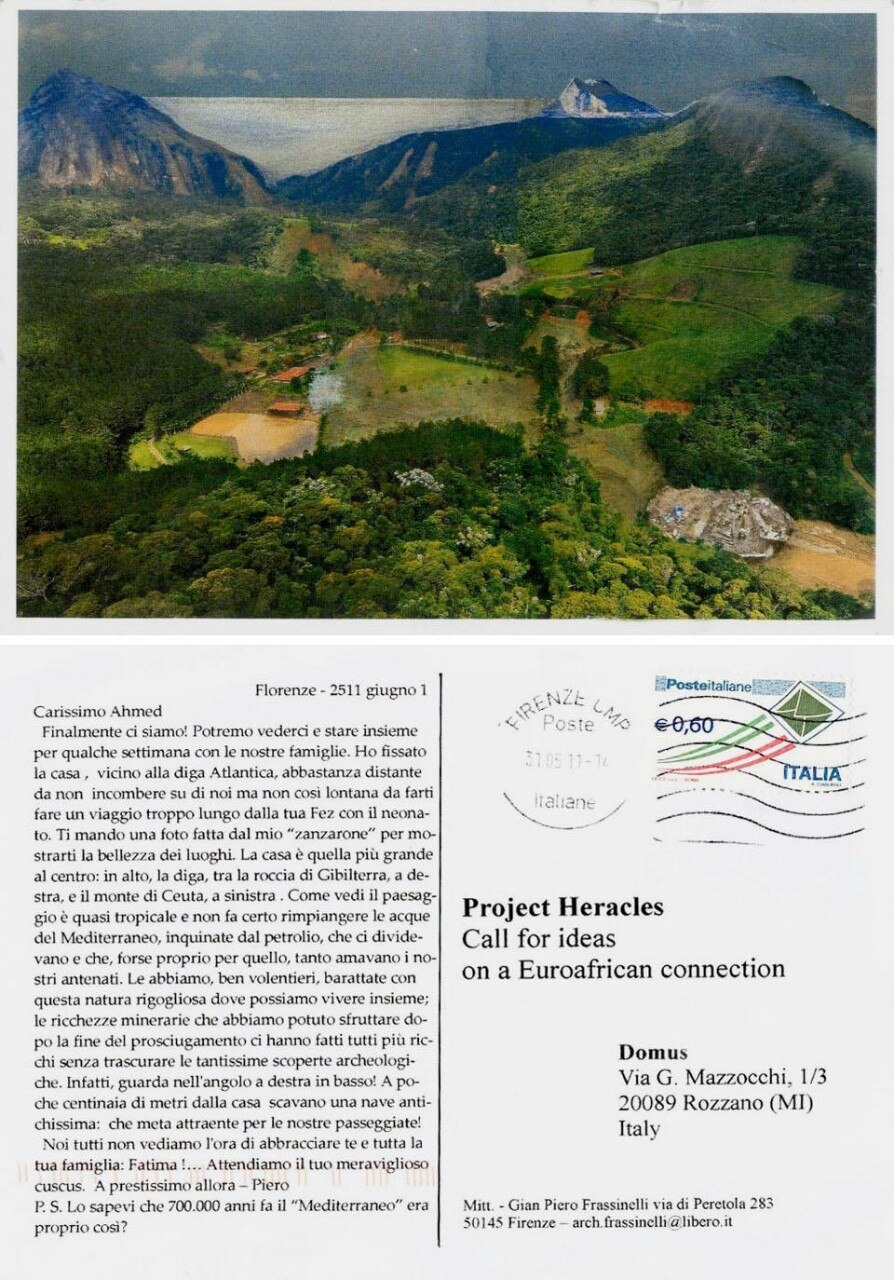
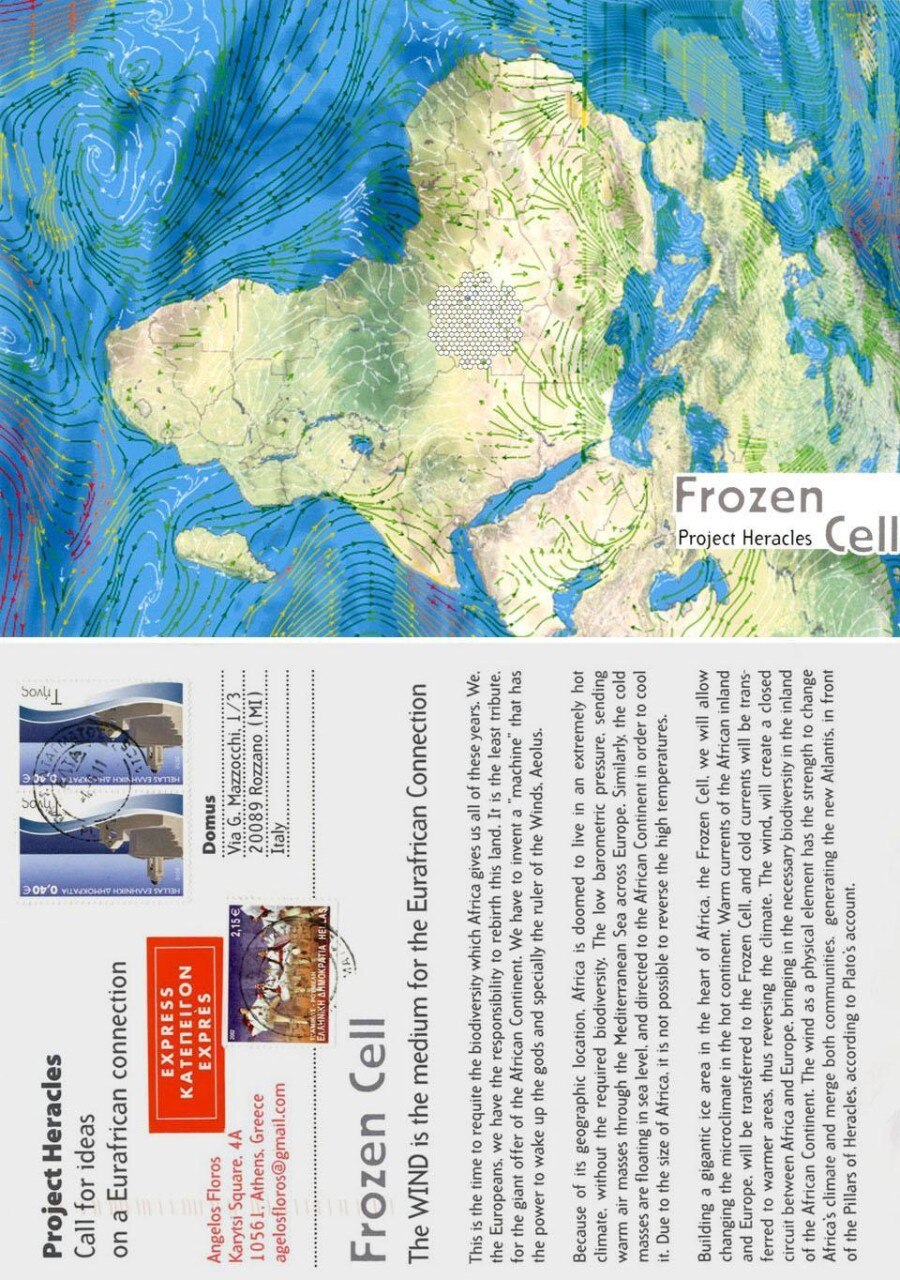
Ideas and visions have precise limitations that are not only dictated by the postcard format but also by the culture that produces them and the language with which they are expressed.


